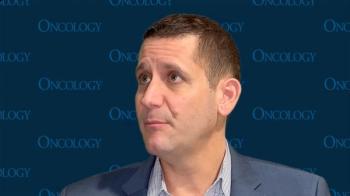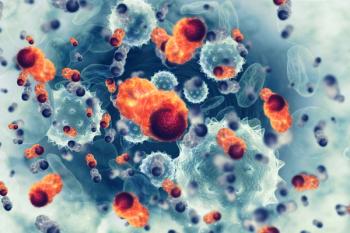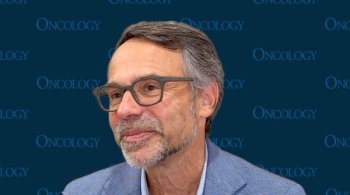
Overcoming the Heterogeneous Nature of Pancreatic Tumors
Immunohistochemistry presents a solution to the obstacles that the different identified cellular neighborhoods in pancreatic tumors create.
Before his presentation at the 15th Annual Ruesch Symposium, Gregory L. Beatty, MD, PhD, director of Translational Research at the University of Pennsylvania Pancreatic Cancer Research Center and director of the Penn-Incyte Alliance, spoke with CancerNetwork® about the different types of cellular neighborhoods in pancreatic tumors.1
He spoke in the context of a study he and co-authors published in Cancer Research, in which the use of imaging mass cytometry showed that pancreatic ductal cancers are made up of 10 distinct cellular neighborhoods, including 1 niche that is enriched with macrophages expressing high CD44 levels.2
According to Beatty, the cellular neighborhoods are sets of immune cells that form around the cancer cells, and the neighborhoods create different mechanisms that cancer treatments need to overcome to be effective. He said that there is a hypothesis that because each cancer is made up of several types of cancers, different treatments are required so that the blocking mechanisms can be conquered.
Referring back to his research, Beatty mentioned the specific immune-enriched population that he found was less prevalent in patients with pancreatic cancer. He stated that the population, however, is often found in patients who have strong long-term survival outcomes after resection. This, he emphasized, supports the idea that immunohistochemistry can be used to stratify patients and locate specific therapies that may be better for different groups of patients.
Transcript:
It speaks to the fact of how heterogeneous these tumors are; the fact that there are distinct cellular neighborhoods present within tumors, and that each patient can have multiple different types of neighborhoods. Each one of those neighborhoods is essentially a set of immune cells that are around the cancer cells or other stromal cells—fibroblasts—and they essentially create different mechanisms that need to be overcome for treatment to be effective. What that means is that any one cancer may harbor multiple different types of cancers that will require different treatments to overcome those mechanisms of a resistance. [At least], that’s the hypothesis.
The immune-enriched population that we found was one of the least prevalent populations; you can find it in about 20% to 30% of patients. Ironically, or coincidentally, that’s about the population of patients who do well, overall, in terms of long-term survival after surgical resection. This speaks to the fact that we can use immunohistochemistry to potentially stratify patients and identify those who might be more responsive to a particular therapy as opposed to another treatment.
References
- Beatty GL. The promise of immunotherapy in pancreatic cancer amidst a landscape of precision medicine. Presented at the 15th Annual Ruesch Center Symposium; November 21-23, 2024; Washington, DC.
- Sussman JH, Kim N, Kemp SB, et al. Multiplexed imaging mass cytometry analysis characterizes the vascular niche in pancreatic cancer. Cancer Res. 2024;84(14):2364-2376. doi:10.1158/0008-5472.CAN-23-2352.
Newsletter
Stay up to date on recent advances in the multidisciplinary approach to cancer.
















































































